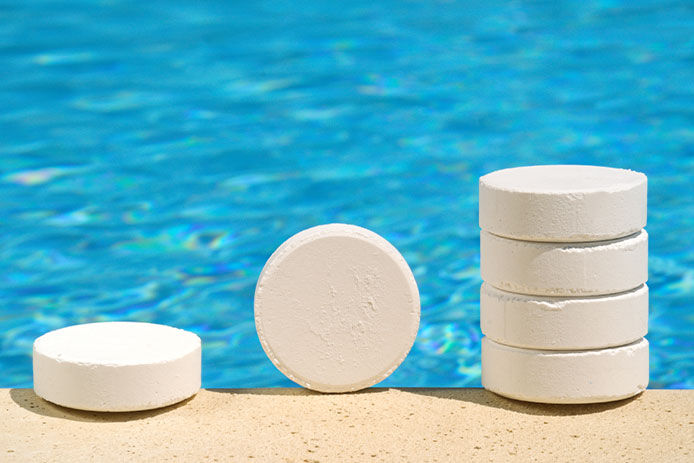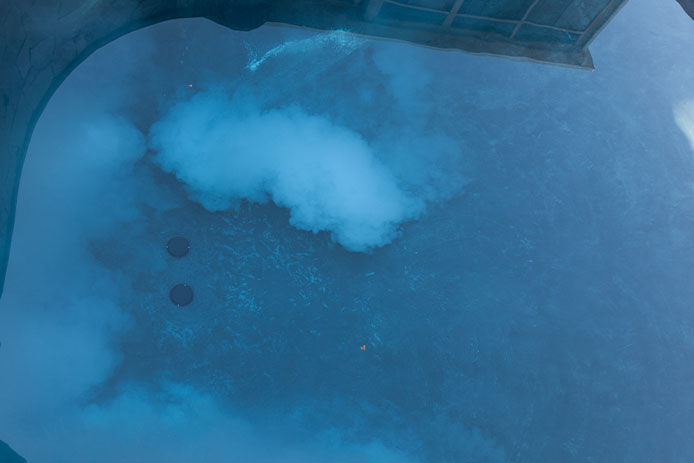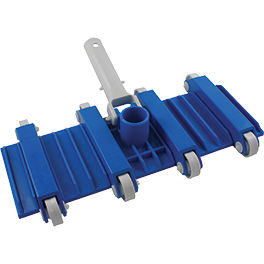Types of Chlorine for Pools

So, how do you know what products to use to treat your pool? Should you choose liquid, granules, or another type of chlorine? What about Trichlor? Shock kits?
Trichlor and Chlorine Tabs

Trichlor, or Trichloro-S-Triazinetrione, is a highly concentrated form of chlorine. Typically, trichlor comes in slow-dissolving tablets or 3” pucks that go into your floating dispenser or your automatic chlorinator. These chlorine tablets are strong and stabilized, meaning they work well outdoors and are excellent for regular pool chlorination.
It’s important to note that you can also get granulated trichlor to use as a shock treatment, but this isn't the most popular approach to pool shocking. Often the pool shocking process includes other chemicals that can react with trichlor and release toxic gas. It's essential to follow the manufacturer's instructions carefully and to know precisely the right treatment for your unique pool.
Chlorine Liquid for Pools

Liquid chlorine is generally only used for shocking pools and won’t work well for maintaining steady pH levels. Carefully measure liquid chlorine and use the appropriate amount for your pool size and type.
Chlorine Pool Granules

Chlorine granules are also tricky to use (and store), but they work well in automated dispensers. The dispensers are designed to keep pool chlorine doses dry until they're all distributed. Although you should store all chlorine safely in a dry, temperature-stable location, it's particularly important with granules.
Shock Treatments

Finally, pool shock treatments or kits are ideal for stabilizing the pH levels. You’ll need to shock your pool about every two weeks, especially if the weather is warm. Determine the need to shock by testing the pH with a test kit.
Keeping the pool clean and sparkling takes routine testing and slow-release chlorine. With a good maintenance plan and the occasional shocking as needed, you'll find your pool a comfortable place to cool off all summer long. Learn how to shock a pool with our guide!








